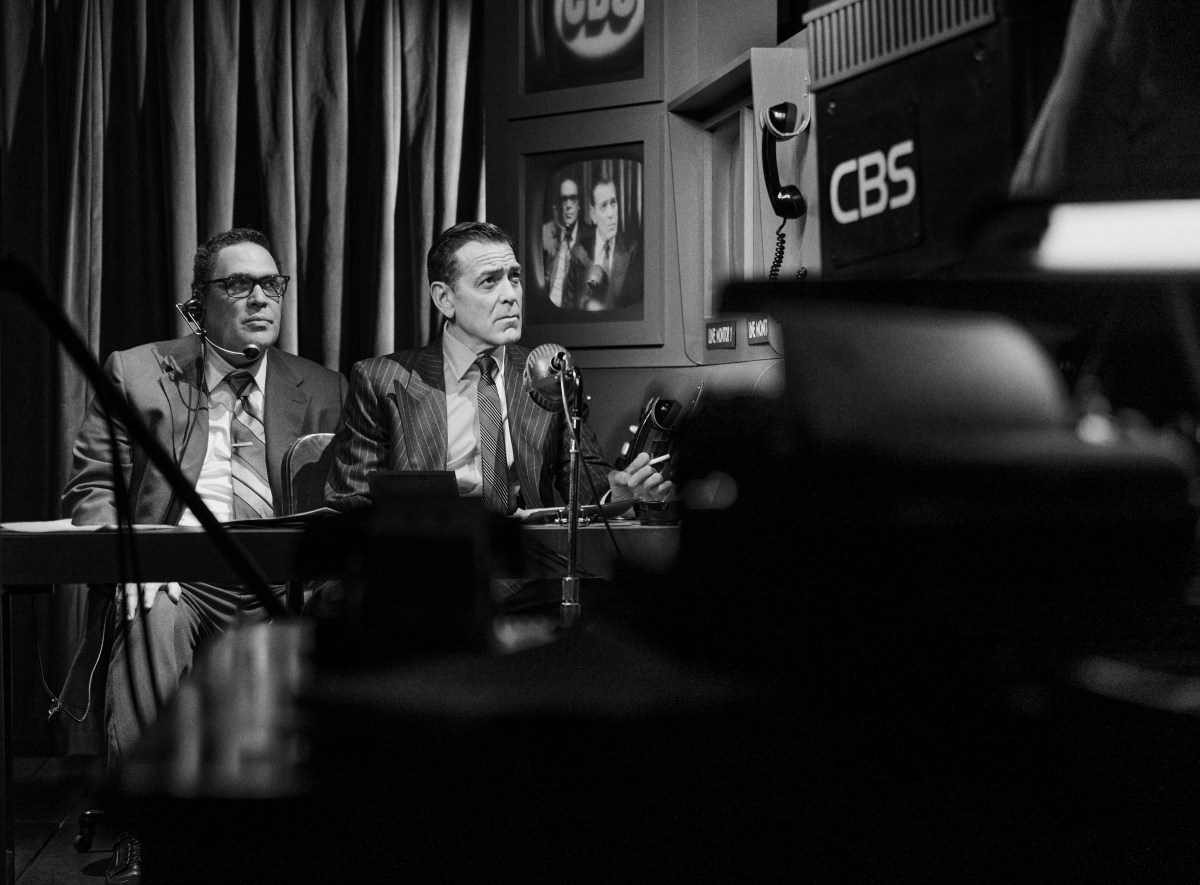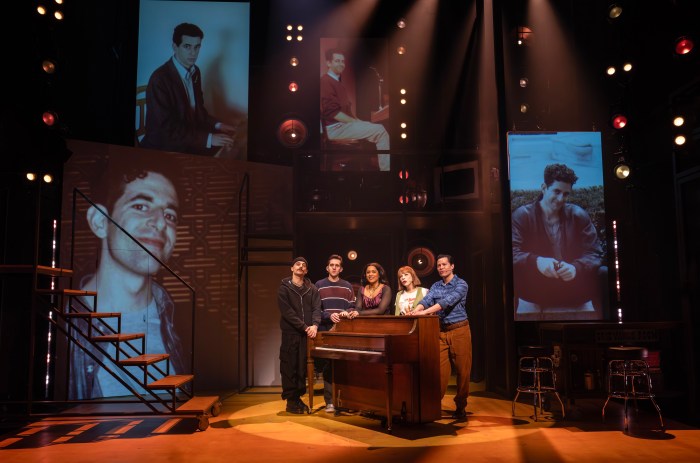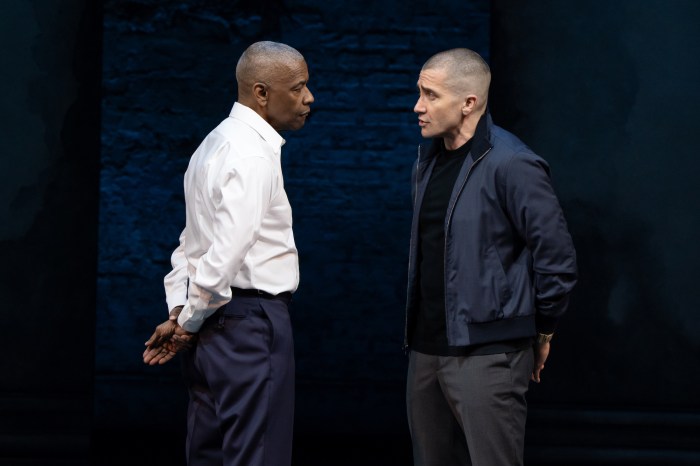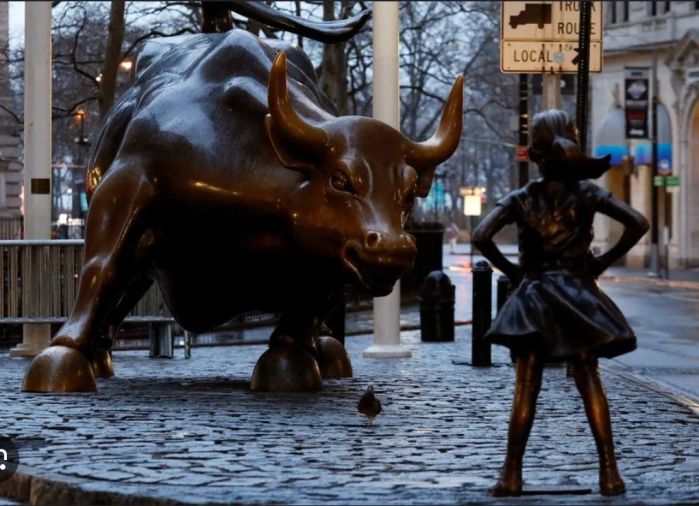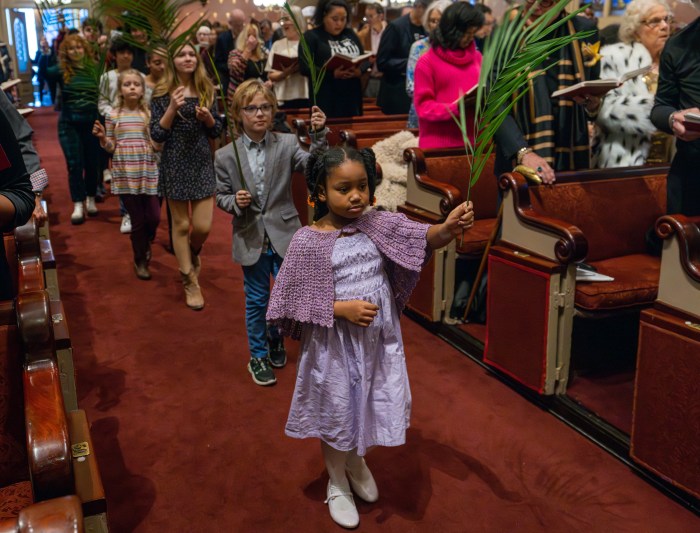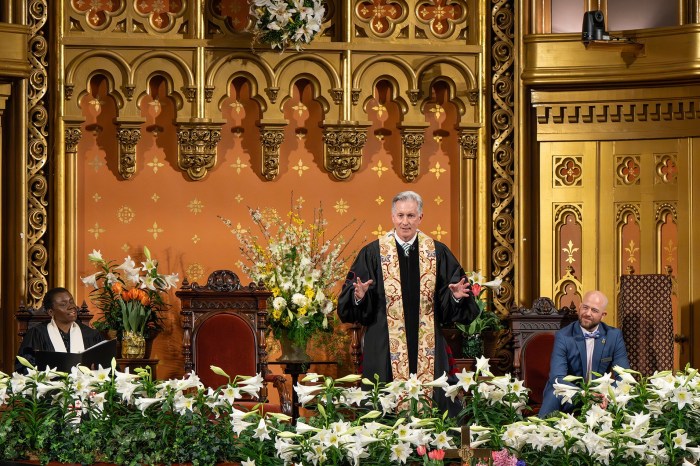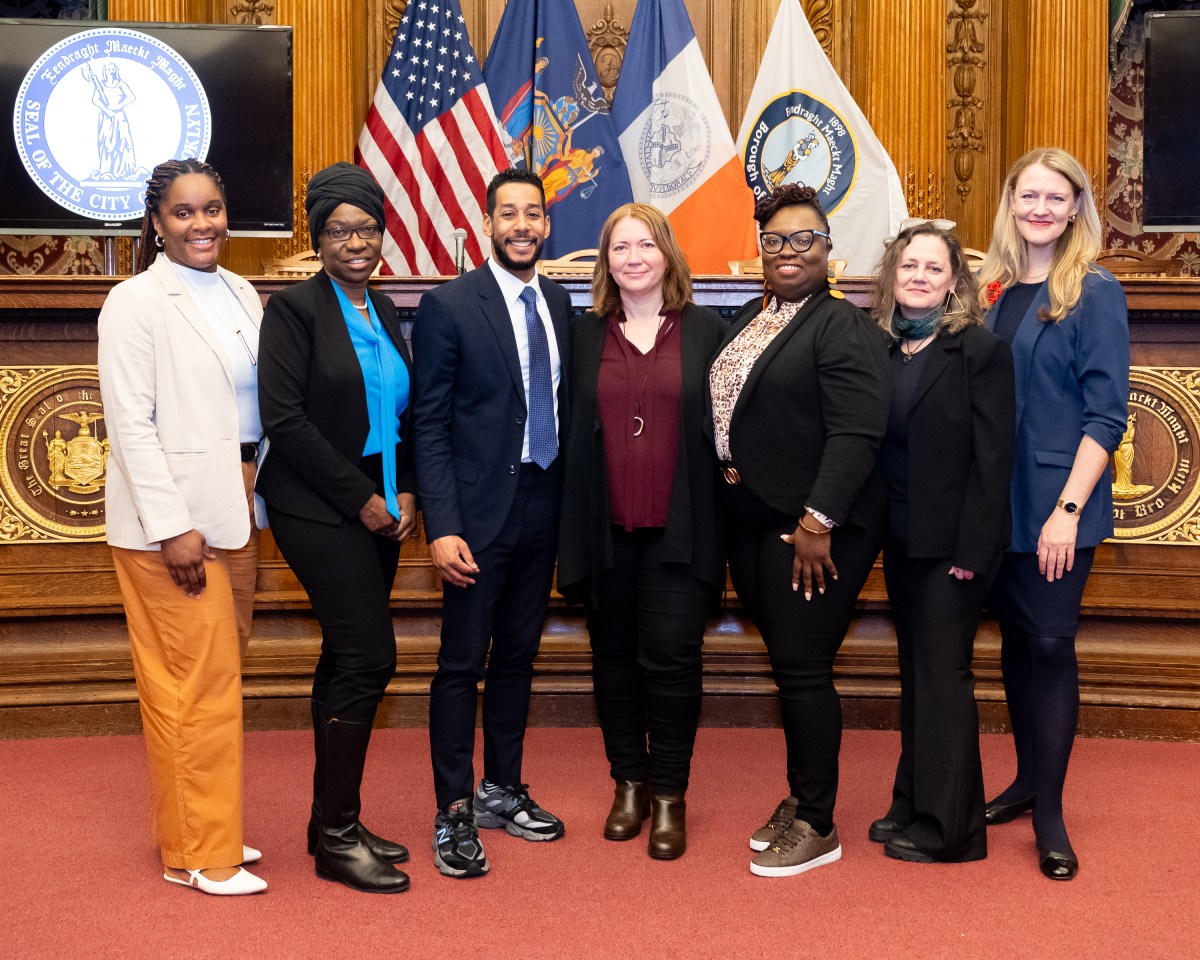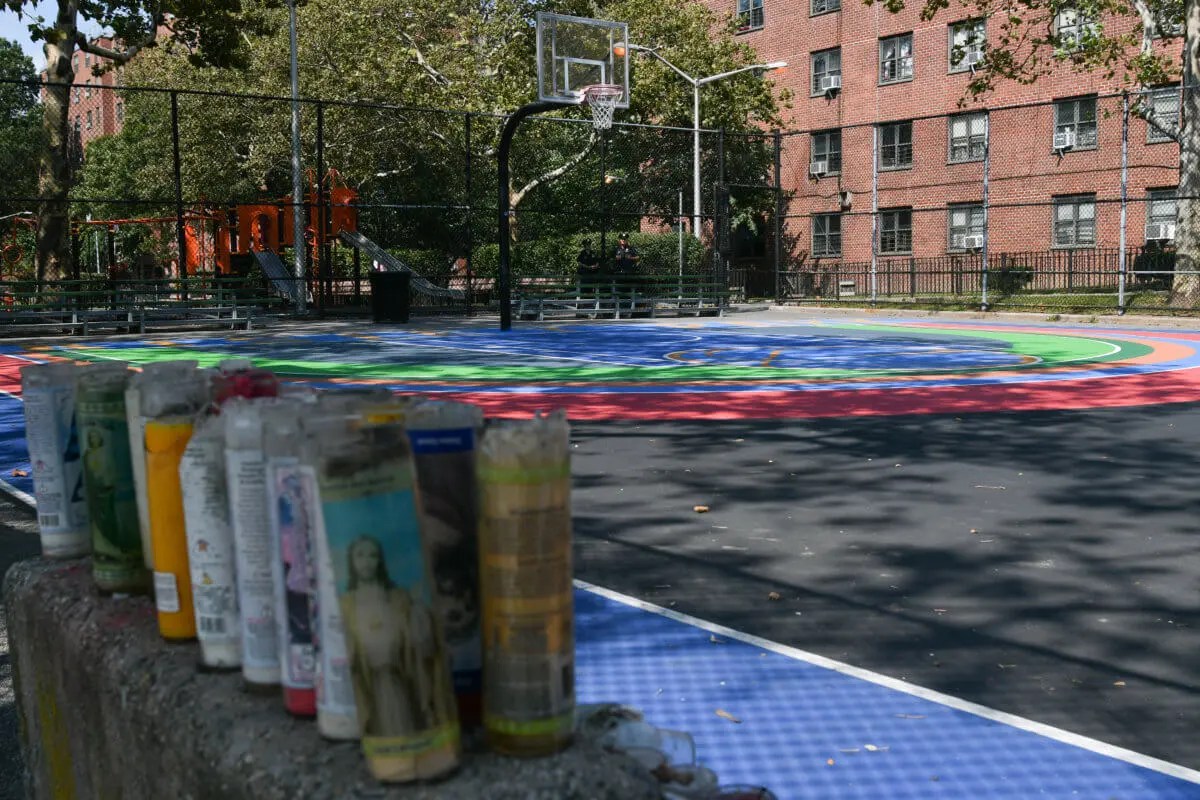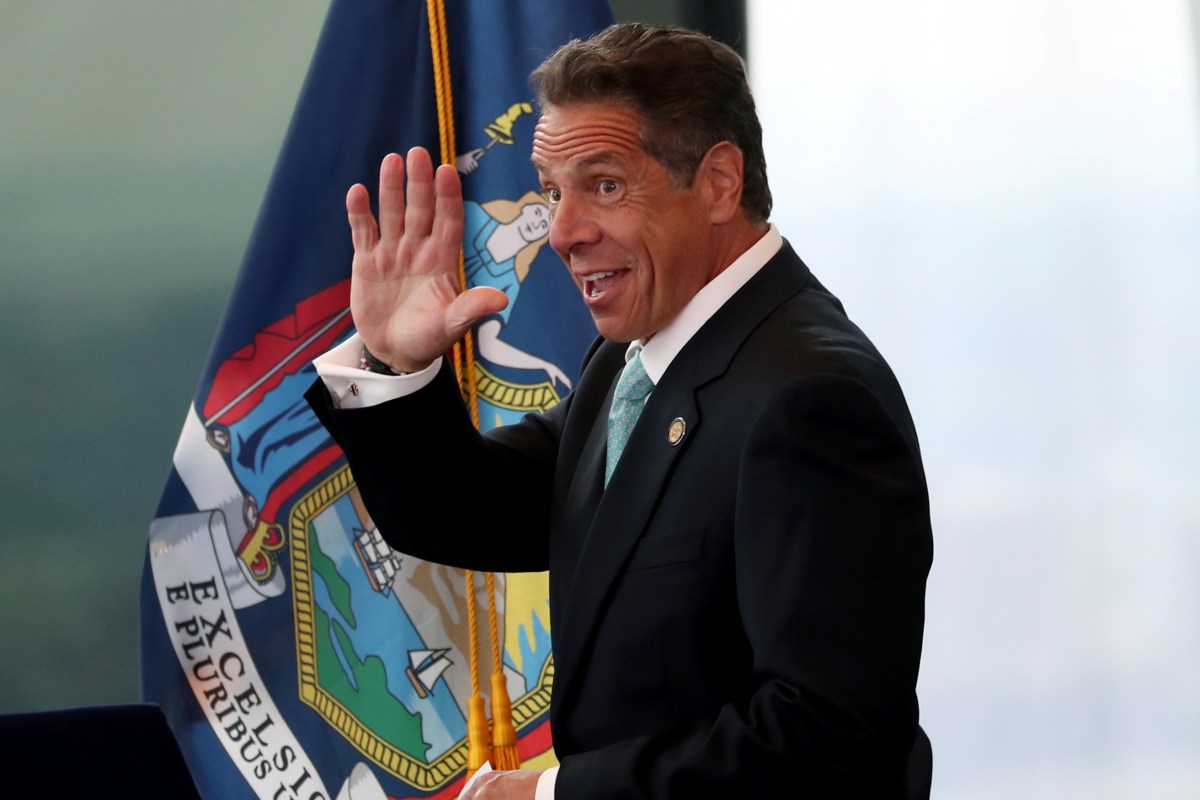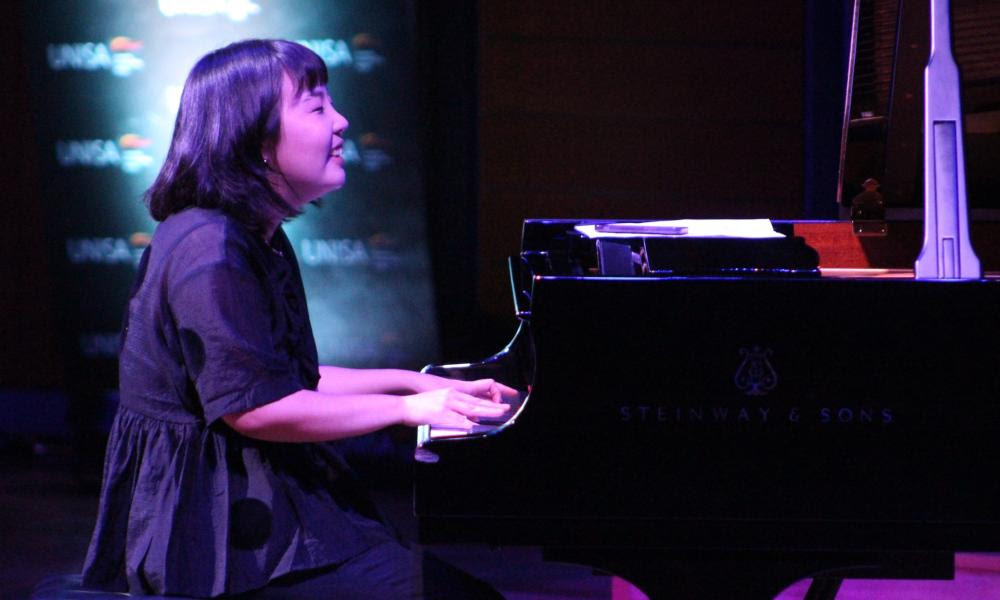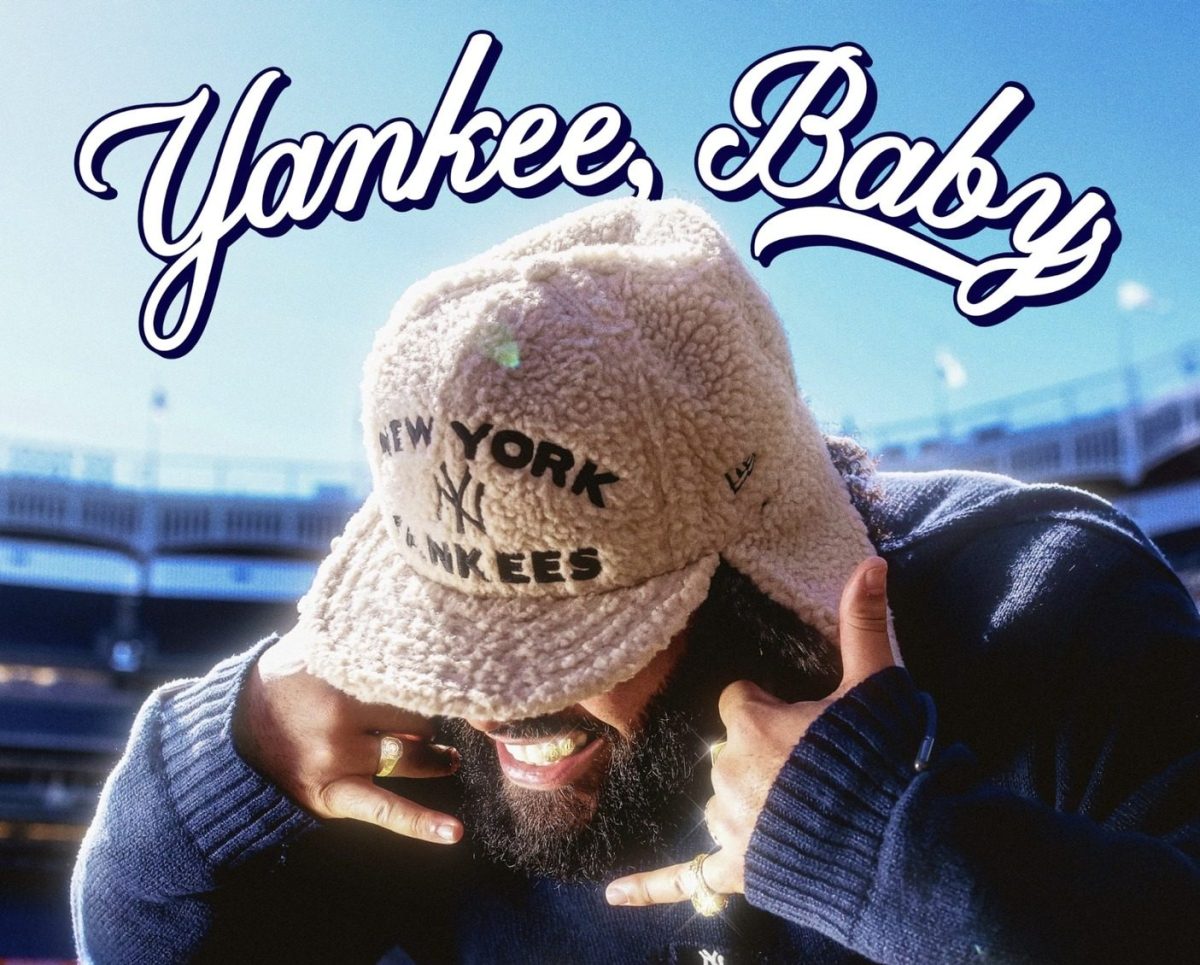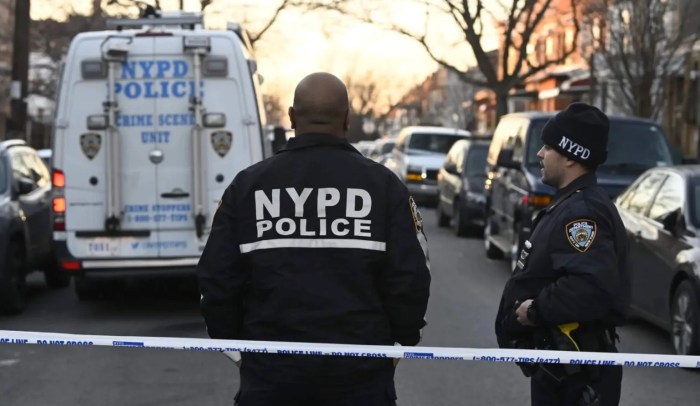Even in a Broadway season crowded with celebrity vehicles, none arrive with quite the same urgency or political charge as “Good Night, and Good Luck.” George Clooney’s long-awaited Broadway debut is both an event and a provocation: a theatrical adaptation of the 2005 film he co-wrote and directed, now updated for the stage and, unmistakably, for the moment.
Clooney, who portrayed CBS News producer Fred Friendly in the film, now steps into the lead role of Edward R. Murrow, the principled, chain-smoking broadcast journalist who famously challenged Senator Joseph McCarthy on live television in the 1950s. Working again with longtime collaborator Grant Heslov, Clooney has faithfully adapted their Oscar-nominated screenplay for the stage with only minor changes. The play runs only 100 minutes, just slightly longer than the film.
“Good Night, and Good Luck” follows the real-life events surrounding Murrow’s historic takedown of McCarthy during the height of the Red Scare, when reputations were ruined on suspicion alone and dissent was painted as disloyalty. Murrow and his CBS colleagues—including Friendly (Glenn Fleshler), Shirley and Joe Wershba (Ilana Glazer and Carter Hudson), and Don Hollenbeck (Clark Gregg)—debate whether to challenge McCarthy. When they do, the consequences are swift and severe. Hollenbeck, already hounded by right-wing media, dies by suicide. Murrow’s show is taken off the air—not by McCarthy, but by CBS brass reacting to pressure from corporate sponsors.
The cost of speaking out—professional and emotional—hangs over the production like its ever-present cloud of cigarette smoke. In 2025, as individuals, journalists, and corporations wrestle with whether to speak out or remain strategically silent, the resonance is unavoidable. The question isn’t just who Murrow was—but whether anyone like him exists now. Several of Murrow’s most defiant lines—about fear, loyalty, and the media’s responsibility—are met with spontaneous audience applause, not just for the man but for the principal. In those moments, Clooney’s calm, controlled delivery becomes something larger: not just a performance, but an expression of the public’s hunger for moral clarity and resistance.
The production, directed by David Cromer, is a visually rich and technically sophisticated achievement. Set in a multi-tiered 1950s CBS newsroom full of vintage cameras, monitors, and bulky broadcast gear, the show makes thrilling use of multimedia: scenes are shot live and projected in black and white on overhead screens, interwoven with archival footage and period commercials. Clooney performs while being filmed, and we watch the broadcast unfold in real time.
Just as the original film was shot in black and white, the Broadway version opts for a muted, desaturated color palette. The atmosphere is thick with cigarette smoke, shadowy lighting, and quiet jazz, provided by a live band and vocalist.
Clooney’s Murrow is not an emotional performance. He doesn’t rage or grandstand. Instead, he exudes calm authority and lived-in weariness—a man who has seen too much to be rattled. It’s not transformational, but it’s effective. Clooney holds the stage with gravitas and a touch of sorrow. The ensemble is solid throughout. Glazer, best known for comedy, delivers a composed and elegant turn as Shirley Wershba, capturing the stylized restraint of the period even if the role remains modest.
The production culminates in a jarring and meticulously constructed video montage that serves as a historical reckoning and wake-up call. What begins as a timeline of American broadcast media quickly shifts into a stark indictment of how television has evolved, or devolved, over the decades. We move from trusted anchors to tabloid chaos, from McCarthy to conspiracy influencers, with no clear line between journalism and entertainment. Then come the most pointed inclusions: recent clips of Biden administration officials insisting on the president’s mental sharpness—lines that now ring hollow in the wake of his faltering debate performance—and, finally, a deeply unsettling image of Elon Musk making his infamous straight-arm salute. The montage reframes Murrow’s story not as a closed historical case but as a lens through which to examine today’s media failures. It’s the production’s boldest choice—unapologetically confrontational and preachy.
“Good Night, and Good Luck” is both a tribute and a reckoning—a stylish, sobering reminder of journalism’s power and the price of using it. With Clooney’s quiet strength at the center and Cromer’s riveting stagecraft all around him, this production looks to the past but refuses to stay there. The message is clear: if no one stands up, history isn’t just doomed to repeat—it already is.
Winter Garden Theatre, 1634 Broadway, goodnightgoodluckbroadway.com.



